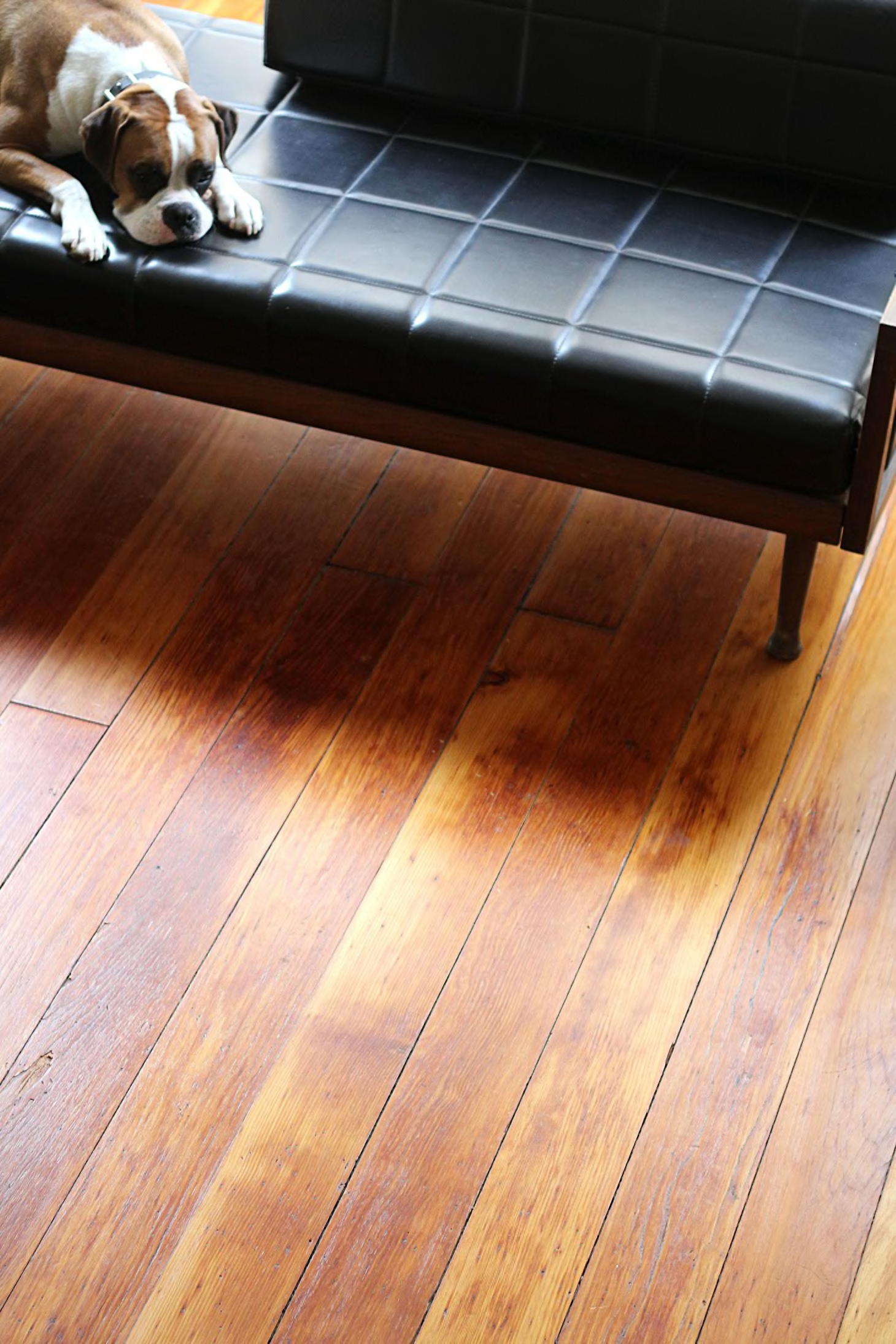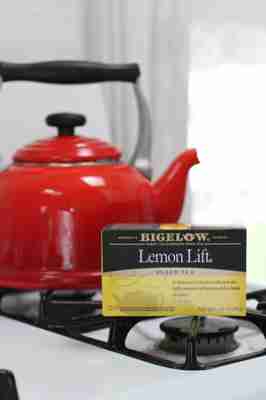
It’s warm and soothing for your body, but did you know you can also use black tea to clean your hardwood floors ? Tannins in the tea add a light, warm “stain” and help to bring out the wood’s natural warm tones.

In addition to it’s beautifying qualities, black tea derived from the Camellia sinensis plant contain polyphenolic compounds that prevent microbial growth. Though it may be a very tiny army, I’ll take any any help I can get to keep germs at bay in my home!
What You Need
Materials
1/2 gallon of water
8 bags of black tea
Tools
Mop bucket
Mop
Rag
Vacuum
Broom & dustpan
Instructions
Before wet mopping your wood floors, always sweep and vacuum them first. It’s recommended you only wet mop wood floors every 1-2 months, cleaning more frequently with a vacuum or dust mop.
1. Bring 1/2 gallon of water to boil in a large pot on the stovetop.
2. Steep 8 bags of black tea for 10-15 minutes. Press out any remaining liquid from the bags into the pot before discarding.
3. Let the mixture cool. Another option would be to bring 8 cups of water to a boil and reserve 8 cups cold water to add to the mixture afterwards to help bring the temperature down faster.
4. Once the mixture has cooled (lukewarm is fine) dip a rag into the solution and ring it out, use this to test a small, inconspicuous area on your wood floors. Apply the tea to floor with the rag, going in the direction of the woodgrain. As you should never soak your wood floors with and excess amount of water, use the tea solution sparingly.
5. Be sure to work your rag or mop into any scratched areas, as the tea will help camouflage the discrepancy.
Note: I ended up adding a few more cups of cold water to my tea to bring the heat down faster. I have medium dark wood floors and this ended up being the perfect color mixture for me. If you have a lighter floor, you might want to use just 4-6 bags in your tea solution; darker floors might want to use 10-12. Once the tea solution has been brewed its usually good for about 24 hours.
More great tips and tutorials: Cleaning Basics












